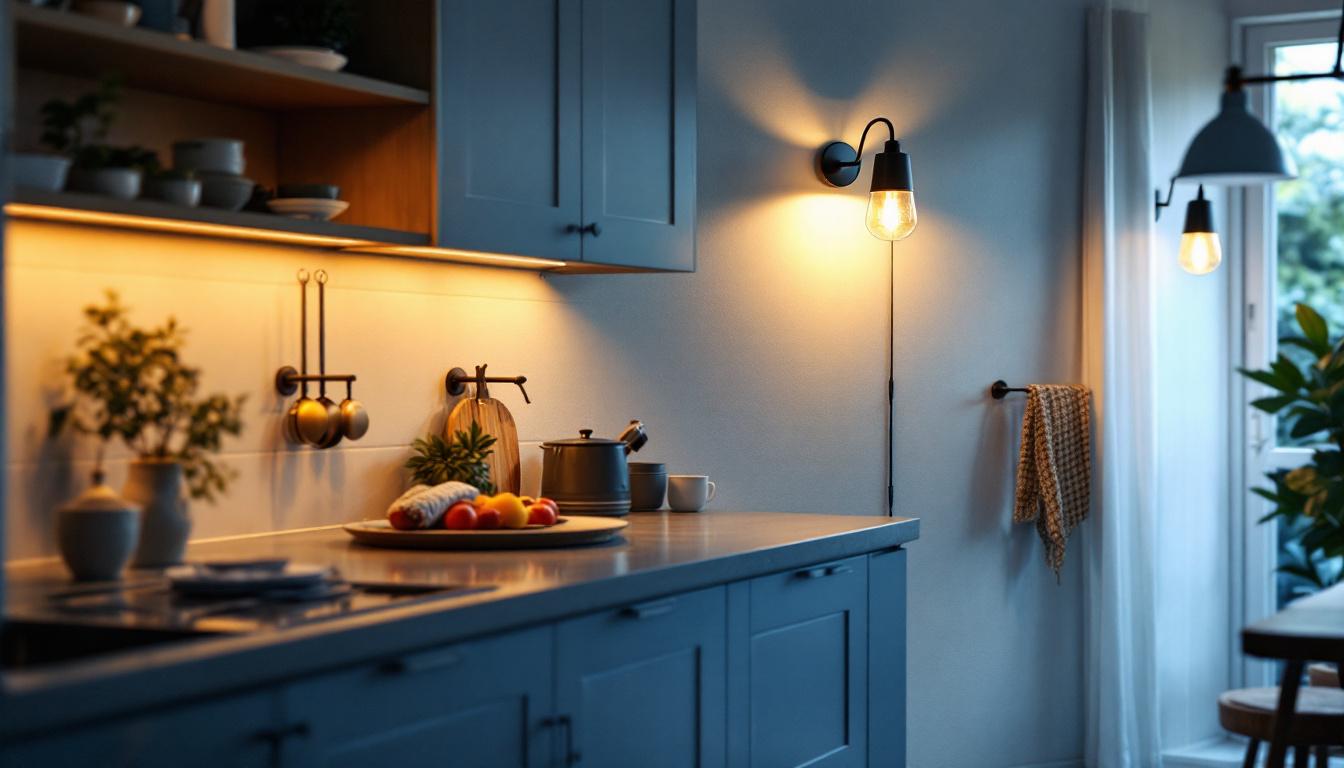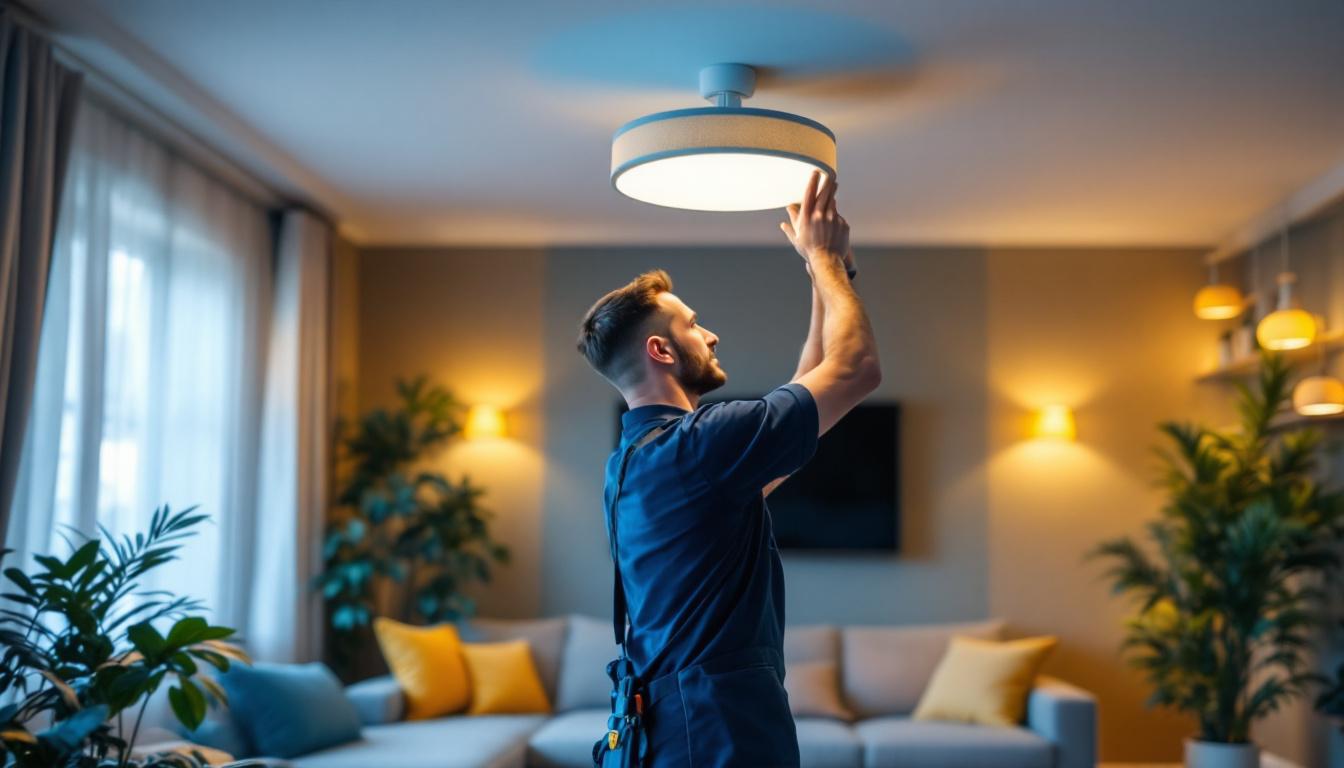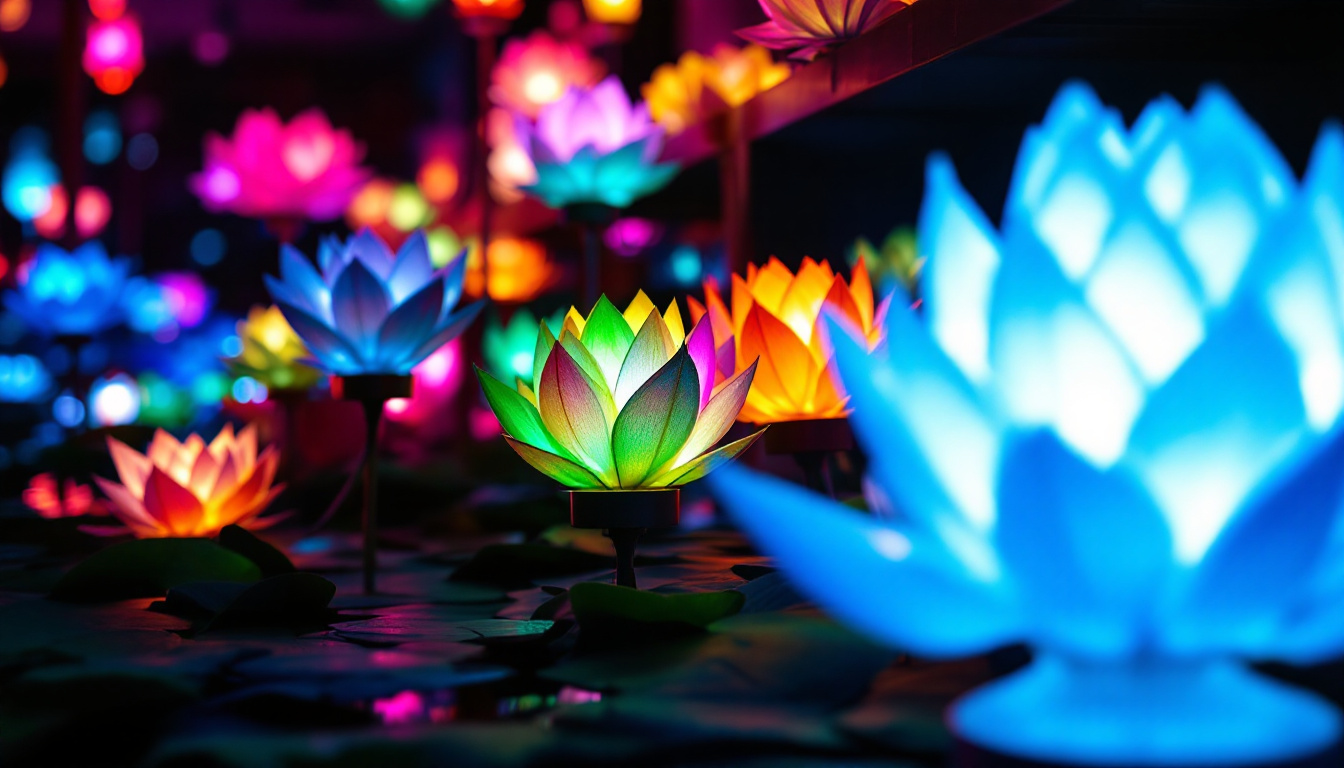
Lighting plays a crucial role in any commercial environment. It not only enhances the aesthetic appeal of a space but also affects productivity, safety, and energy efficiency. For lighting contractors, understanding the nuances of commercial LED lighting fixtures is essential to ensure successful project outcomes.
Inadequate lighting can lead to a range of issues, from employee dissatisfaction to increased energy costs. Therefore, making informed decisions during the planning and execution phases of lighting projects is paramount. This article aims to outline common pitfalls in lighting projects and provide guidance on how to avoid them.
Effective lighting can significantly influence a business’s operational efficiency. For instance, well-lit spaces can improve employee morale and productivity. Conversely, poorly designed lighting can cause eye strain and fatigue, leading to decreased performance.
Moreover, the right lighting can enhance customer experiences in retail environments, encouraging longer visits and increased sales. Thus, understanding the specific lighting needs of a commercial space is vital for contractors aiming to deliver optimal results.
In addition to these factors, the psychological effects of lighting should not be overlooked. Studies have shown that different color temperatures can evoke various emotions and responses from individuals. For example, warmer light tends to create a cozy and inviting atmosphere, making it ideal for restaurants and cafes, while cooler light can promote alertness and focus, which is beneficial in office settings. By leveraging these insights, contractors can tailor their lighting designs to align with the desired ambiance and functionality of each space.
Furthermore, energy efficiency is increasingly becoming a priority for businesses looking to reduce operational costs and environmental impact. LED lighting solutions not only consume less energy but also have a longer lifespan compared to traditional lighting options. This longevity translates into lower maintenance costs and less frequent replacements, making LED fixtures a smart investment for commercial spaces. As such, contractors must stay informed about the latest advancements in lighting technology to provide clients with sustainable and cost-effective solutions that meet their unique needs.
Even seasoned lighting contractors can fall prey to common mistakes during lighting projects. Identifying these pitfalls early on can save time, resources, and frustration. Here are some of the most frequent errors encountered in commercial LED lighting projects.
One of the most significant mistakes is failing to invest adequate time in the planning and design phase. A thorough assessment of the space, including its size, layout, and intended use, is essential for determining the appropriate lighting solutions.
Contractors should consider factors such as the color of the walls, the type of activities taking place, and the natural light available. Neglecting these aspects can lead to insufficient or excessive lighting, both of which can negatively impact the space. Furthermore, it’s crucial to involve stakeholders in the design process to ensure that the lighting meets the specific needs of users. For instance, a workspace designed for creative collaboration may require different lighting than a retail environment where product visibility is paramount. Engaging with end-users can provide valuable insights that enhance the overall effectiveness of the lighting design.
Energy efficiency is a critical consideration in any lighting project. While LED fixtures are generally more energy-efficient than traditional lighting options, not all LED products are created equal. Some fixtures may have lower efficiency ratings, leading to higher energy costs over time.
Contractors should prioritize high-quality LED fixtures with good lumen output and energy ratings. Additionally, incorporating smart lighting controls can further enhance energy savings by allowing for adjustments based on occupancy and natural light levels. Moreover, understanding the long-term benefits of energy-efficient lighting can help in making informed decisions. For example, while the initial investment in high-quality fixtures may be higher, the reduction in energy costs and maintenance expenses over time can lead to significant savings. Additionally, energy-efficient lighting can contribute to sustainability goals, which is increasingly important for businesses looking to enhance their corporate social responsibility profile.
Selecting the appropriate LED fixtures is a fundamental aspect of any lighting project. The wrong choice can lead to numerous issues, including poor light quality, inadequate coverage, and increased maintenance costs.
There are various types of LED fixtures available, each suited for different applications. For instance, recessed lighting is ideal for spaces with low ceilings, while track lighting offers flexibility in illuminating specific areas. Understanding the unique characteristics of each fixture type is essential for making informed selections.
Moreover, contractors should consider the color temperature of the fixtures. Warmer tones may be more appropriate for hospitality environments, while cooler tones can enhance productivity in office settings. Matching the fixture type and color temperature to the intended use of the space is crucial.
Not all LED fixtures deliver the same level of performance. Contractors should evaluate the quality of the products they are considering, paying attention to factors such as lumen output, color rendering index (CRI), and lifespan. A higher CRI indicates that the fixture will render colors more accurately, which is particularly important in retail and hospitality settings.
Additionally, contractors should look for fixtures with longer lifespans and warranties. Investing in high-quality products upfront can reduce long-term maintenance costs and enhance customer satisfaction.
The installation phase is where many lighting projects can go awry. Proper installation is crucial for ensuring that the lighting functions as intended and meets the design specifications.
Each LED fixture comes with specific installation guidelines provided by the manufacturer. Adhering to these guidelines is essential to ensure optimal performance and longevity of the fixtures. Failing to follow these instructions can lead to issues such as flickering lights, reduced lifespan, and safety hazards.
Contractors should also ensure that all electrical connections are secure and compliant with local codes. This not only guarantees safety but also helps avoid costly rework down the line.
After installation, conducting thorough testing of the lighting system is vital. This includes checking for uniformity, brightness levels, and functionality of controls. Ensuring that the lighting meets the design specifications and client expectations is a crucial step before finalizing the project.
Contractors should also solicit feedback from clients during this phase. This collaborative approach can help identify any issues early on, allowing for timely adjustments and ensuring client satisfaction.
Once a lighting project is completed, ongoing maintenance and support are essential for ensuring the longevity and performance of the lighting system. Contractors should provide clients with clear guidelines on maintenance practices and offer support options as needed.
Regular maintenance is crucial for keeping LED fixtures in optimal condition. Contractors should recommend a maintenance schedule that includes tasks such as cleaning fixtures, checking for loose connections, and replacing any faulty components.
By establishing a proactive maintenance plan, clients can avoid unexpected failures and extend the lifespan of their lighting systems. This not only enhances client satisfaction but also reinforces the contractor’s reputation for quality service.
Offering ongoing support can set a contractor apart from competitors. Providing clients with access to technical support and troubleshooting resources can help them navigate any issues that arise post-installation.
Additionally, contractors can offer training sessions for clients to familiarize them with the lighting system and its controls. This empowers clients to make the most of their investment and fosters a positive long-term relationship.
In today’s rapidly evolving technological landscape, leveraging advanced tools and technologies can enhance the efficiency and effectiveness of lighting projects. From design software to smart lighting controls, technology can streamline processes and improve outcomes.
Design software can be an invaluable asset for lighting contractors. These tools allow for precise modeling of lighting layouts, helping contractors visualize how different fixtures will interact within a space. By simulating various lighting scenarios, contractors can make more informed decisions and present clients with clear options.
Additionally, design software can assist in calculating energy savings and return on investment, providing clients with concrete data to support their decisions.
Smart lighting solutions are becoming increasingly popular in commercial settings. These systems allow for greater control over lighting conditions, enabling adjustments based on occupancy, time of day, or natural light levels. Incorporating smart technology can enhance energy efficiency and improve user experience.
Contractors should stay informed about the latest advancements in smart lighting technology and consider how these solutions can be integrated into their projects. This proactive approach can position contractors as leaders in the industry and attract clients seeking innovative solutions.
Successfully navigating commercial LED lighting projects requires a combination of knowledge, planning, and execution. By understanding the common pitfalls and implementing best practices, lighting contractors can avoid costly mistakes and deliver exceptional results.
From thorough planning and fixture selection to effective installation and ongoing support, each phase of the project is critical to success. By leveraging technology and prioritizing quality, contractors can enhance their reputation and build lasting relationships with clients.
Ultimately, the goal is to create well-lit environments that meet the specific needs of businesses while maximizing energy efficiency and minimizing costs. By following the guidance outlined in this article, contractors can position themselves for success in the competitive world of commercial lighting.
Ready to elevate your lighting projects with the best in spec-grade LED fixtures? Look no further than LumenWholesale for all your lighting needs. We provide contractors with exceptional quality lighting products at unbeatable wholesale prices, ensuring you get the most value for your investment. With our extensive selection, free shipping on bulk orders, and no middleman markups, you can trust LumenWholesale to light up your commercial environments effectively and efficiently. Don’t compromise on quality or cost—discover wholesale lighting at the best value today and bring your lighting projects to life with confidence.

Discover expert tips on wall mount kitchen light fixtures to boost your lighting projects.

Discover the ultimate checklist for lighting professionals to ensure optimal performance and safety with outdoor signal lights.

Discover how lighting contractors can enhance their business by tapping into the growing market of discount ceiling lights.

Explore the advantages and drawbacks of Lotus Lantern LED lights for lighting contractors.